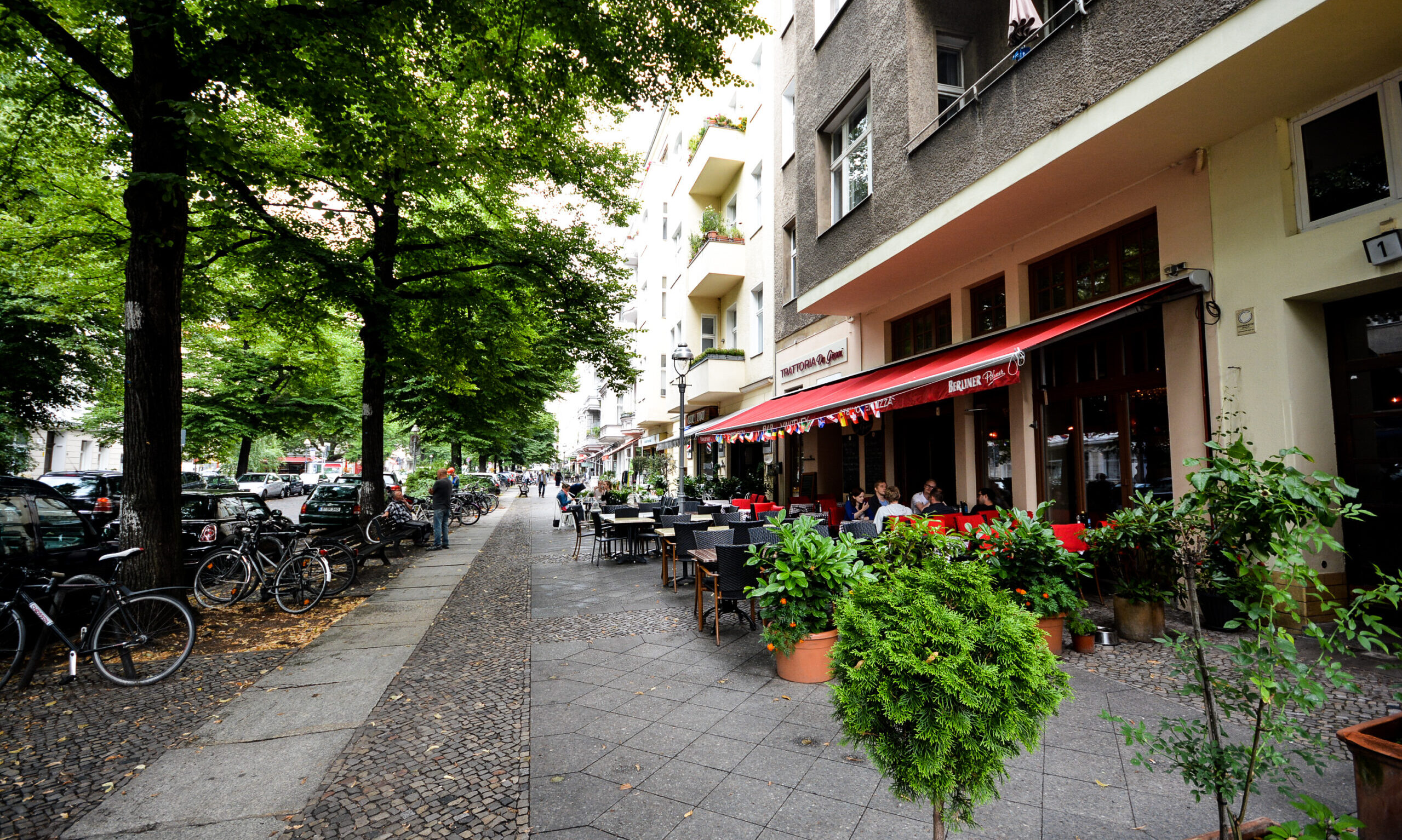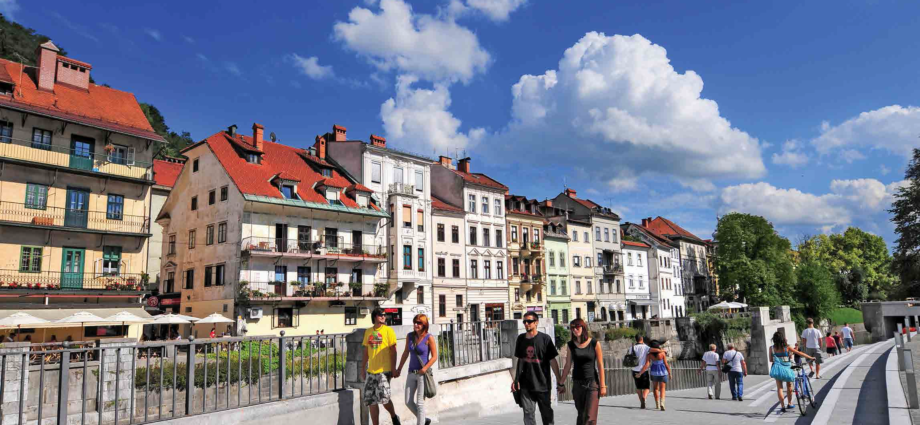“Since 2007, through several reconstructions and urban redevelopment projects, the city center has gained many new public pedestrian areas, more green spaces, revitalized riverbanks, new bridges, and refurbished squares, which are closed to motorized traffic.“
David Polutnik, Head of the Department for Commercial Activities and Traffic, City of Ljubljana
Have you heard about the pedestrianization of Ljubljana’s city center? It is the largest pedestrian zone in Slovenia and has been internationally recognized as a best practice in terms of sustainable mobility, urban planning, space reallocation, environmental protection, and more.
As we explored various definitions of walkability and also with interest to learn more about the city’s work we connected with the city of Ljubljana with whom we collaborated for this post.
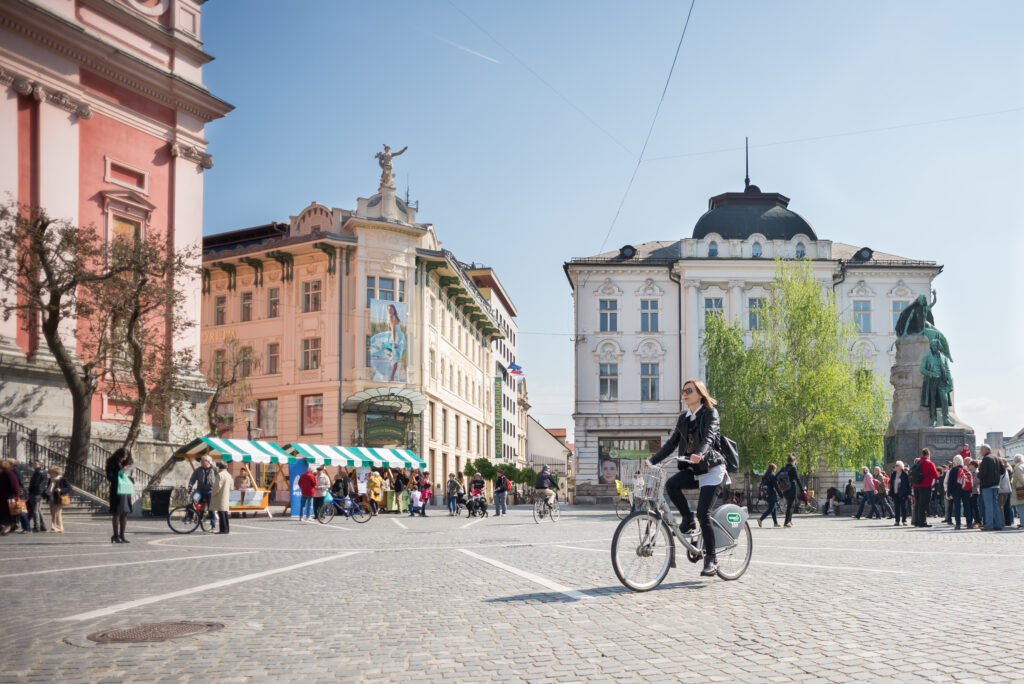
“The change to the city center has been well accepted among citizens and brought significant improvements to air quality and noise reduction.”
More information about the project:
Ljubljana’s city center is the largest pedestrian zone in Slovenia and is internationally recognized as a best practice in sustainable mobility. The city:
- was named European Green Capital in 2016
- received the Urban Public Space award in 2012
- received the European Mobility Week Award in 2013
See more of the city’s honors here. https://www.ljubljana.si/en/about-ljubljana/award-winning-ljubljana/.

One of the more visible key measures of the transport policy for the creation of high-quality public space in the center of the city is the renovation of the main traffic route Slovenska Street (above) into an area friendlier towards pedestrians, cyclists, and city bus users. It is designed in line with the principles of shared traffic space with a line of trees running along its side and new street furniture. After the introduction of the changed traffic regime on Slovenska Street, the black carbon concentrations decreased by as much as 70%, while the concentrations on surrounding streets have not risen. As a consequence, the level of noise from private vehicles decreased by about 6 dB.
“This is a showcase of how theories about walkability become ‘alive’ in a form of a best practice example, which actually brings or improves walkability of a city.”
–David Polutnik, Head of the Department for Commercial Activities and Traffic, City of Ljubljana
The change to the city center has been well accepted among citizens and brought significant improvements to air quality and noise reduction: the local black carbon pollution in this area has decreased by 70% and noise has decreased by 6dB compared to before the establishment of the eco-zone.
Now, with many complementary sustainable measures and projects implemented, Ljubljana sets a good example of how to overcome car dominance and turn the city into a pleasant “living room”.
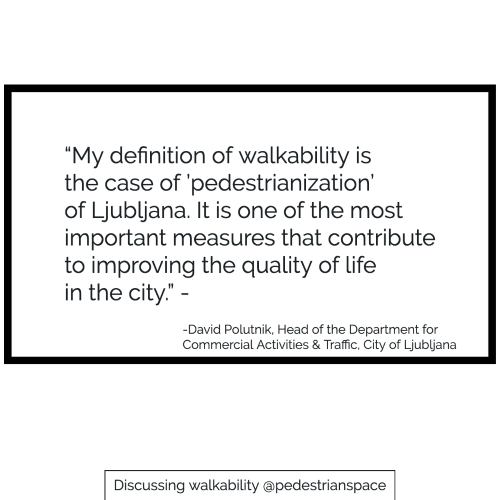
“My definition of walkability is the case of ’pedestrianization’ of Ljubljana. It is one of the most important measures that contribute to improving the quality of life in the city. Namely, since 2007, through several reconstructions and urban redevelopment projects, the city center has gained many new public pedestrian areas, more green spaces, revitalized riverbanks, new bridges, and refurbished squares, which are closed to motorized traffic. The central public space has been enriched by activities that encourage socialization and economy and provide space for social interaction, cultural, sports, and entertainment events. The pedestrian or ecological zone in the city center has been gradually expanded, and now covers approximately 12 ha. This is a showcase of how theories about walkability become ‘alive’ in a form of a best practice example, which actually brings or improves walkability of a city.” –David Polutnik, Head of the Department for Commercial Activities and Traffic, City of Ljubljana
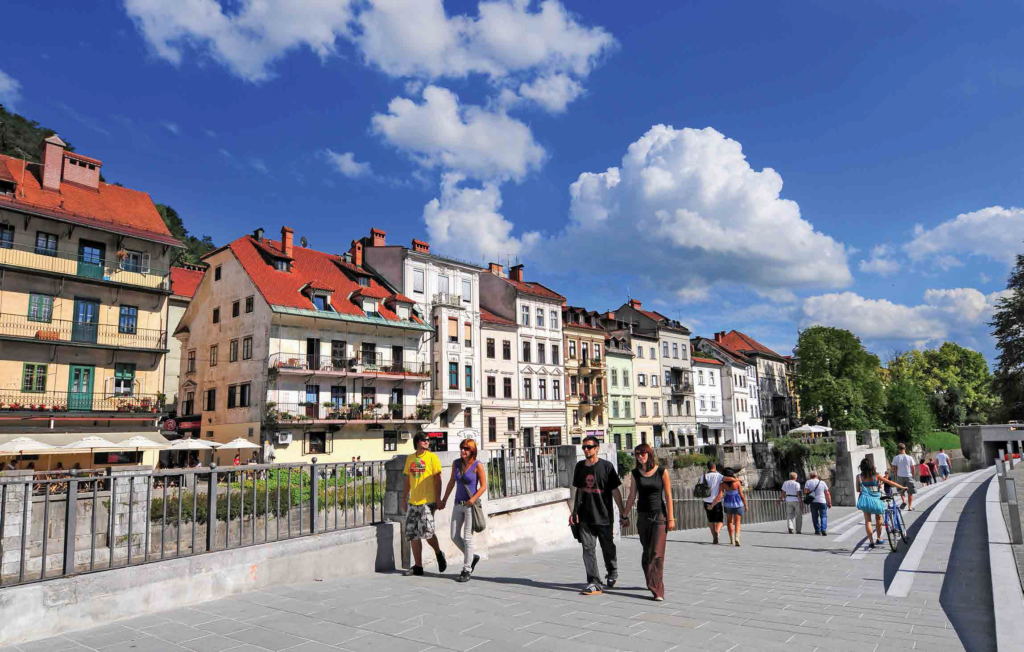
Photo: City of Ljubljana
Ljubljana sets a good example of how to overcome car dominance and turn the city into a pleasant “living room”.
Improvements were implemented with special consideration to pedestrians, cyclists, and users of public transport, as well as people with disabilities and other more vulnerable participants in traffic (elderly, children, parents with strollers). The majority (as opinion polls show) are pleased with the changes – new spatial arrangements, embellishment, traffic regimes, decreased noise, improved air quality, etc.
Thank you City of Ljubljana for your time and we look forward to one day walking your beautiful city!
More information at: https://www.ljubljana.si/en/ljubljana-for-you/transport-in-ljubljana/transport-around-the-pedestrian-zone-of-the-old-town/.
